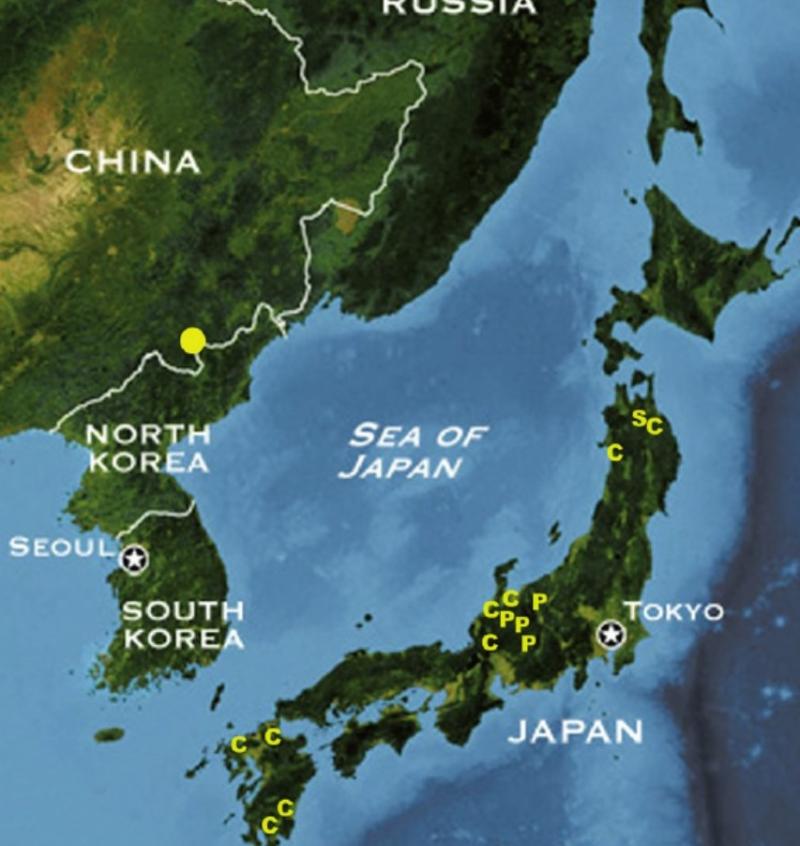|
| 서한 |
시정서한 |
|
| 매체 |
웹사이트
|
|
| 이슈 |
동해
|
|
| 언어 |
영어
|
|
| 서한보내는곳 |
https://www.researchgate.net/figure/Map-of-the-Sea-of-Japan-and-adjacent-land-areas-showing-the-known-geographical_fig5_44176257 |
|
| 오류내용 |
동해를 Sea of Japan이라고 표기함 |
|
| E-mail / Contact |
zoo5101@naver.com |
|
서론 |

Dear whom it may concern, Hello Webmaster, I am Sung Min-ju, who is attending Pusan Foreign Language High School in Korea. The reason I contacted you in this way is no different, but because I saw an error in the East Sea notation on this website. I politely ask the web administrator to write ‘East Sea’ instead of ‘Japanese sea’. If you correct the typographical error, it will be of great help not only to me but also to others. If you have any questions, please contact me by email.
|
|
| 본론 |
This website describes the East Sea as “the sea of Japan”. However, I think this expression is wrong. Let me explain why. I will specifically focus on the historical record. Donghae is our unique place that has been used for the past 2,000 years. If you refer to the historical records ‘The History of The Three Kingdoms(Samguk Sagi)’ and ‘The Great Queen Gwanggaeto’, you will find the words ‘Donghae’ in Chinese characters. The obvious fact that can be seen from this is that the East Sea is the unique territorial sea of Korea geographically and historically.
|
|
| 결론 |
However, during the Japanese colonial period, it was commonly used as the “Sea of Japan” in the international community, and the influence remains. That is why many people are trying to regain the name of Donghae, but it is not easy. I would be very grateful if you read my article and help me. Once again, please correct the notation. Thank you for reading the long article so far. Have a nice day. |

